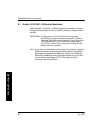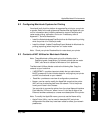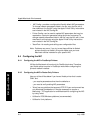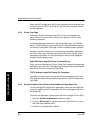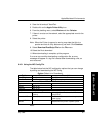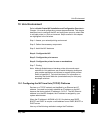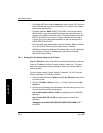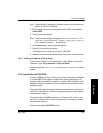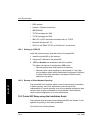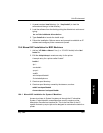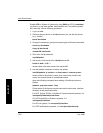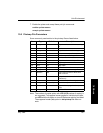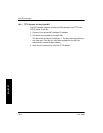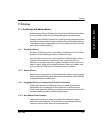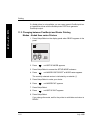
Unix Environment
July 1998 10-3
U
N
I
X
Note: The printer/NICÕs assigned IP address must be on the same local
subnet as the Unix workstation.
4. Make a telnet connection to maintenance port 2002. (Type: telnet
kodak 2002).
5. Press [!] and press [Enter].
Note: The following warning may appear: ÒEntering monitor will
lock out other Ethernet access. Type yes to get to
the command prompt.Ó Press [Enter].
6. At the menu option, press [I] and then [Enter].
7. Press [Y] for yes when prompted.
This address will be stored in the deviceÕs NVRAM.
8. Restart the device with the R command, then power cycle the printer.
10.1.2 Verifying IP Address is Set Properly
To see if the printer/NIC is up and running on the network, use the ping
command. Type: ping <ptrname> or ping <IP Addr>
A message that the host is alive or Packets received OK should
appear.
10.2 Introduction to LPD/LPR
Printing to LPD allows you to print as if the printer were directly attached
to a remote BSD Unix system. ConÞguration requires assigning an IP
address to the printer/NIC and setting up a remote BSD Unix-like printer.
Kodak provides an installation script to conÞgure the printer/NIC on Unix
and add printers.
The printer/NIC supports multiple queues by simultaneously printing via
LPD from a maximum of 12 different queues (limitation does not apply for
host software printing).
The device listens for LPD connections on 12 ports; if all 12 are in use,
the 13th LP daemon will not make a connection. If this happens, restart
the line printer daemon.
Systems that support LPD/LPR include:



